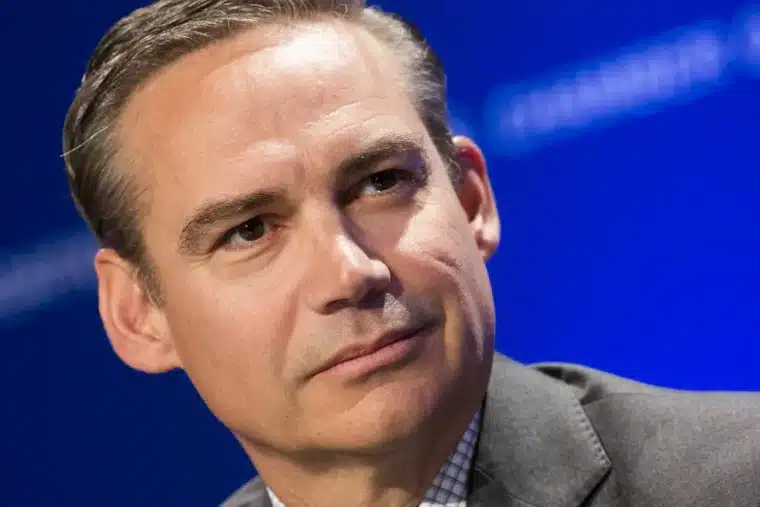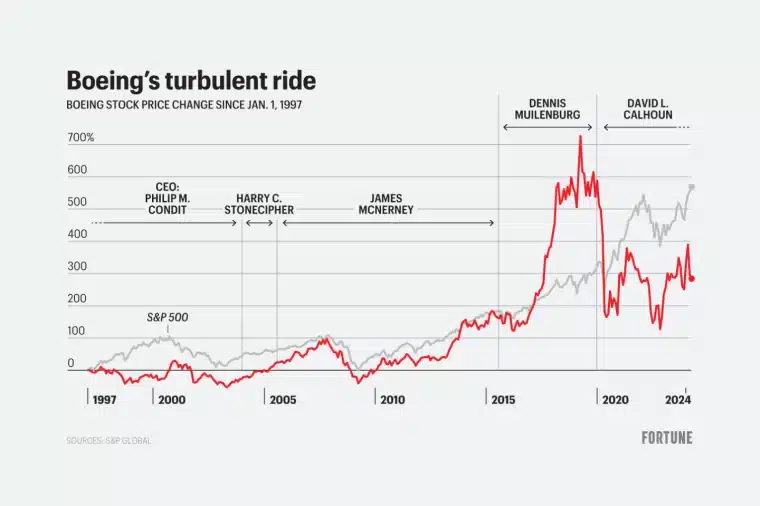After seven weeks of intense negotiations and production disruptions, Boeing and the International Association of Machinists and Aerospace Workers (IAM) have reached a tentative agreement that could finally put an end to a costly strike that has affected America’s largest aircraft manufacturers.
The deal was facilitated by the Acting Labor Secretary, Julie Su, who helped both the company and its employees work through the many hurdles and obstacles that they faced during the negotiation.
A strike involving 32,000 machinists that started on September 13 in the Seattle area was mostly responsible for kicking off these discussions.
Also read: Boeing Controversy: Can The Aerospace Giant Survive the Scandals?
Those in charge of representing workers refused to approve several proposals including two tentative offers sent earlier this month. The consequences of the strike on Boeing’s already troubled production schedules put significant pressure on its leadership to reach an agreement quickly.
Machinists Could End Up Earning Over $100,000 By The End of This Contract

This new tentative agreement results in a significant improvement in workers’ conditions as it involves a 38% wage increase within the next four years which compounds to a 44% raise during the contract’s lifetime.
Workers will receive a first 13% increase during the first year of the contract, two subsequent 9% raises in year two and year two, and a final 7% increase in the fourth and final year.
Boeing’s unionized employees will also be eligible to receive a $12,000 one-time bonus that they can either receive in cash or partly as a contribution toward their 401(k) retirement account.
By the end of the contract’s four-year period, machinists will earn an average pay of $119,309 per year.
The company has also committed to building any new aircraft announced during the contract period in Washington’s Puget Sound region, addressing concerns about production location following Boeing’s previous decision to move 787 Dreamliner production to South Carolina.
Although the agreement does not reinstate the pension benefits that workers surrendered ten years ago, it does incorporate improvements for vested employees who are part of the Boeing Company Employee Retirement Plan (BCERP). These individuals will receive a $105 multiplier benefit.
“In every negotiation and strike, there is a point where we have extracted everything that we can in bargaining and by withholding our labor,” commented the IAM District 751 union on Thursday in regards to the current state of negotiations.
Meanwhile, Boeing has encouraged workers to read the proposal and vote in favor of its implementation next Monday.
Boeing Turns Every Stone to Raise Capital to Cope with Cash Burn
The timing of this agreement is critical for Boeing as the company reported losses exceeding $6 billion in the last quarter and recently warned that it will continue to burn billions in cash through 2025.
The company has taken extraordinary measures to address its financial situation, including plans to raise more than $20 billion through stock sales while the leadership team also announced its intention to reduce the total workforce by approximately 17,000 employees over the coming months.
CEO Kelly Ortberg, who took over Boeing’s top executive role in August, has acknowledged that resuming operations will be a complex process. “It will probably be a couple of weeks” before workers return at full capacity, he noted.
The head of the aerospace giant also emphasized the importance of resuming operations correctly. “It’s critical—absolutely critical—that we do this right,” Ortberg stated during a recent conference call.
Aerospace Industry Was Temporarily Disrupted by Boeing’s Strike
Boeing’s strike has impacted the aerospace sector’s supply chain and some of the company’s top suppliers have had to implement drastic measures to cope with the situation.
For example, Spirit AeroSystems, a provider of aerostructures for Boeing, was forced to furlough over 700 employees who were directly involved in the manufacturing process of the 767 and 777.
RBC Capital analysts indicated that these suppliers have been exploring several other cost-saving strategies including lowering their production rate and laying off staff permanently. However, they believe that the impact of the strike on Boeing’s master production schedule would be minimal.
These challenges on the labor front come at a point when Boeing is facing mounting regulatory scrutiny over the incident that affected an Alaska Airlines flight in January and that forced the plane to perform an emergency landing as one of the plane’s doors opened in the middle of the flight.
Boeing has been unable to ramp up its intended increase in the 737’s production volume amid these challenges and RBC has suggested that the company may not be able to reach the 38 aircraft per month limit imposed by the Federal Aviation Administration (FAA) recently until at least the second semester of 2025.
October Payroll Report Was Heavily Impacted by Boeing’s Strike
The strike’s resolution has attracted attention from the highest levels of government, with President Joe Biden congratulating both parties on reaching the agreement. “Machinists at Boeing have sacrificed over the years and deserve a strong contract,” Biden stated following the announcement.
The strike had an impact on labor market statistics nationally as the Bureau of Labor Statistics (LBS) published a report from last month that showed the US economy only created 12,000 new positions while analysts were expecting at least 100,000.
Boeing’s massive strike significantly impacted these numbers although it was a temporary phenomenon.
The agreement represents more than just a labor settlement. It symbolizes Boeing’s urgent need to stabilize operations and address its multiple challenges, from production flaws to safety concerns.
As the company works to rebuild trust with regulators, customers, and the public, this labor agreement could provide the stability it needs to focus on solving these critical issues.

